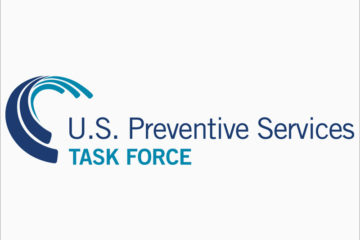Background
Hepatitis C virus (HCV) testing in persons born from 1945 to 1965 has had limited adoption despite guidelines, particularly among racial/ethnic minorities and socioeconomically disadvantaged patients, who have a higher prevalence of disease burden. We examined the effectiveness of a multifaceted intervention to improve HCV screening in a large safety‐net health system.
Methods
We performed a multifaceted intervention that included provider and patient education, an EMR‐enabled best practice alert, and increased HCV treatment capacity. We characterized HCV screening completion before and after the intervention. To identify correlates of HCV screening, we performed logistic regression for the pre‐intervention and post‐intervention groups and generalized linear mixed model (GLMM) for patients observed in both pre‐ and post‐intervention time—frame.
Results
Before the intervention, 10.1% of 48,755 eligible baby boomer patients were screened. After the intervention, 34.6% of the 34,093 eligible baby boomers were screened (p=<.0001). Prior to the intervention, HCV screening was lower among older baby boomers and providers with large patient panels and higher in high‐risk subgroups including those with signs of liver disease (e.g., elevated transaminases, thrombocytopenia), HIV‐positive patients, and homeless patients. Post‐intervention, we observed increased screening uptake in older baby boomers, providers with larger patient panel size, and patients with >1 prior primary care appointment.
Conclusions
Our multifaceted intervention significantly increased HCV screening, particularly among older patients, those engaged in primary care, and providers with large patient panels.


